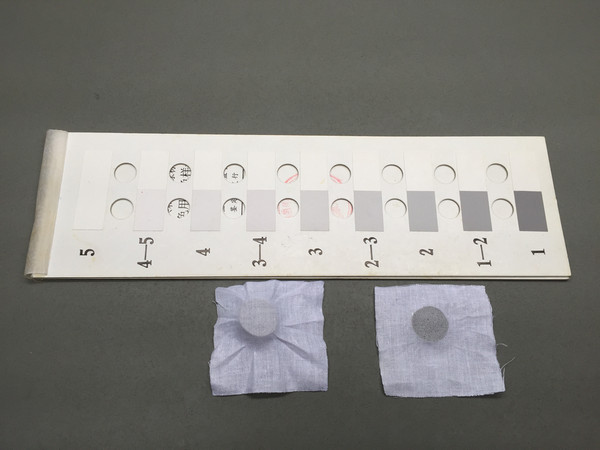- Qinsun Instruments Co., Ltd.
- Tell:+86-21-6780 0179
- Phone:+86-17740808215
- Address:No. 2578 Minhang District Gu Dai Road, Shanghai
- Contact:Mr. Li
- QQ:846490659
Detecting hydraulic oil indicators

(1) New oil quality inspection:
1. The importance of testing new oil: For enterprises, relying solely on the product qualification certificate provided by the oil supplier is not enough to confirm the quality of the purchased lubricating oil. Due to the possibility of contamination or other factors affecting the transportation, storage, and use of new oil, it is necessary to conduct comprehensive testing on it before use to ensure its quality.
(2) Continuous tracking and monitoring of oil usage
1. Determine monitoring equipment;
2. Determine sampling points and sampling methods;
3. Determine the sampling period and frequency;
4. Oil monitoring items and significance of equipment in use oil products
(1) Viscosity
Basic concept: Viscosity is a measure of internal friction force during fluid flow, used to measure the temperature of an oil product at a specific temperature
The ability to resist flow.
Detection method: Use a capillary viscometer to measure the kinematic viscosity of oil products. GB/T265, ASTMD445
Testing purpose: The main basis for dividing oil brand numbers
The main basis for selecting oil products
Important alarm indicators for oil degradation
Can determine the correctness of using oil
(2) Water content
Basic concept: refers to the percentage of water content in oil (free water, emulsified water, dissolved water)
Detection method: Distillation method is used for determination; GB/T260, ASTMD95
Testing purpose: Moisture damages the oil film, reduces lubricity, intensifies wear of friction components, can react with oil, form acids, gums, and oil sludge. Water can precipitate additives in the oil, reduce the performance of the oil, and cause poor fluidity of the oil at low temperatures, corroding and rusting metal materials of equipment
(3) Flash point
Basic concept: The minimum instantaneous flash fire temperature at which vapor escapes from an oil product under specified heating conditions.
Testing method: ASTMD92GB/T267
Detection purpose: Flash point can be used to determine the weight of the composition of oil fractions; Flash point is a safety indicator of oil products;
Flash point can detect the presence of light fuel oil in lubricating oil.
(4) Total acid value
Basic concept: an indicator that measures the production of all acidic substances due to oxidation.
Detection method: The amount of alkali required to neutralize all acidic components in 1 gram of the sample.
GB/T7304, ASTMD664
Testing purpose: To determine the degree of refinement of the base oil;
Measurement of acidic additives in finished oil products;
An important indicator for distinguishing oxidation and deterioration during the use of oil products.
(5) Pollution analysis
Basic concept: Detecting the size, quantity, and distribution of pollution and impurity particles in oil.
Detection method: Automatic particle counting method (shading method)
NAS1638, ISO4406
Detection purpose: To quantitatively detect the quantity and level of pollution particles in lubricating oil;
For precision hydraulic systems, solid particle pollution will exacerbate the wear of control components;
For turbine systems, solid particle pollution will exacerbate the wear of bearings and other components
(6) Spectral elemental analysis
Basic concept: Detection of worn metals, polluting elements, and additives in used oil





